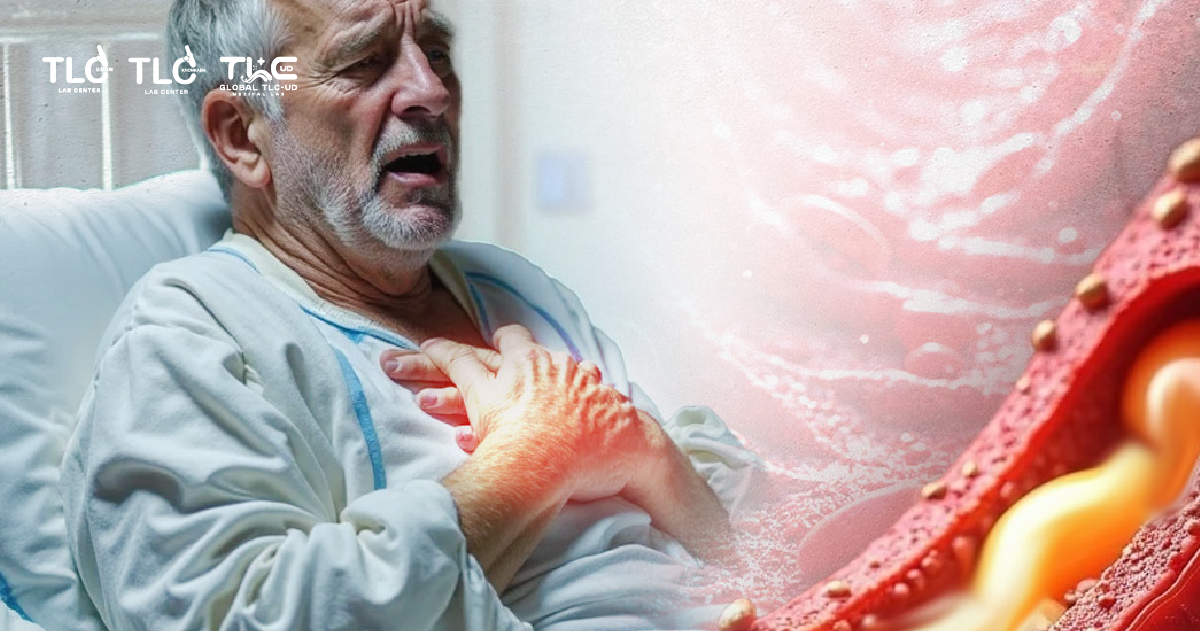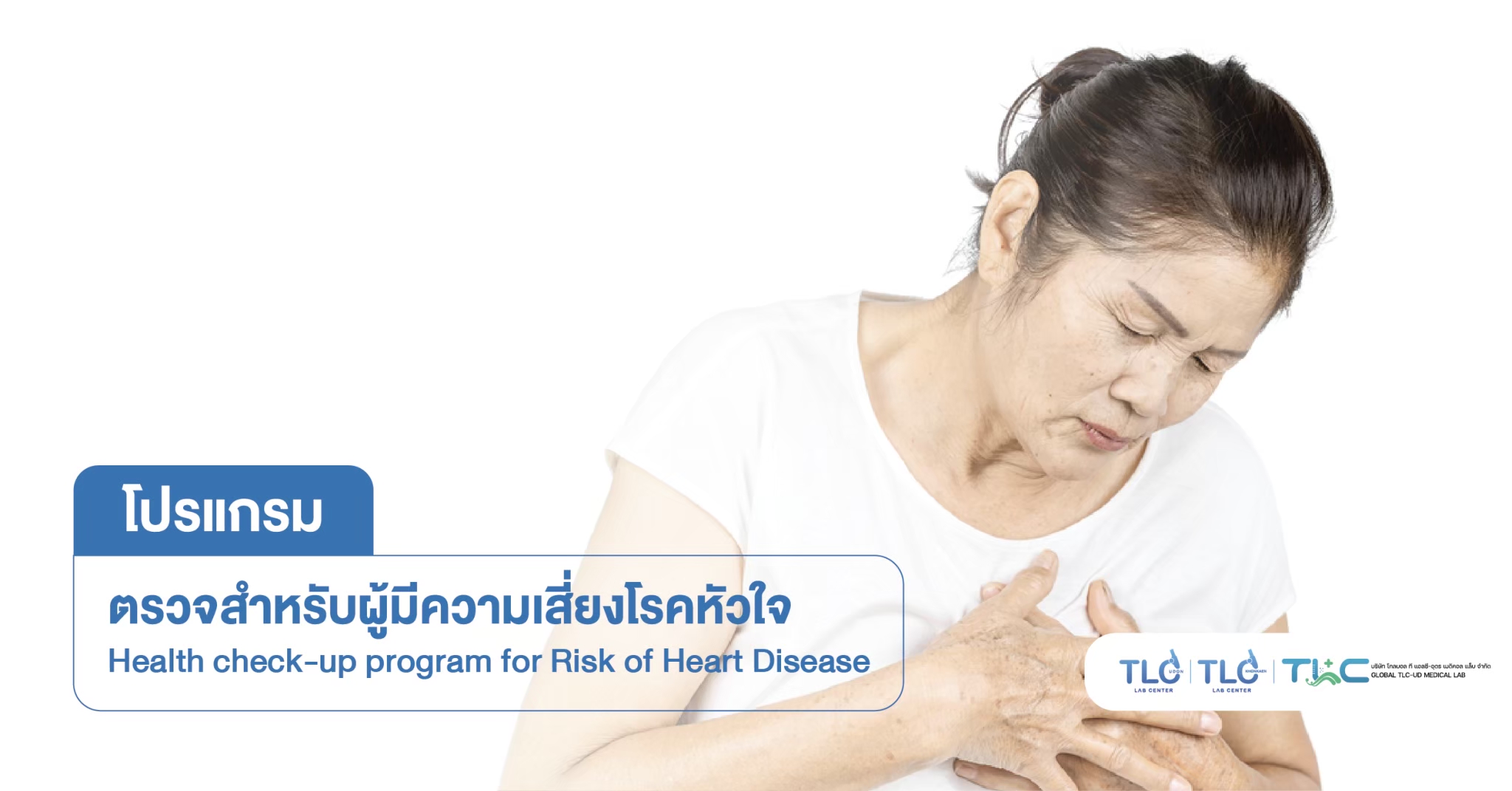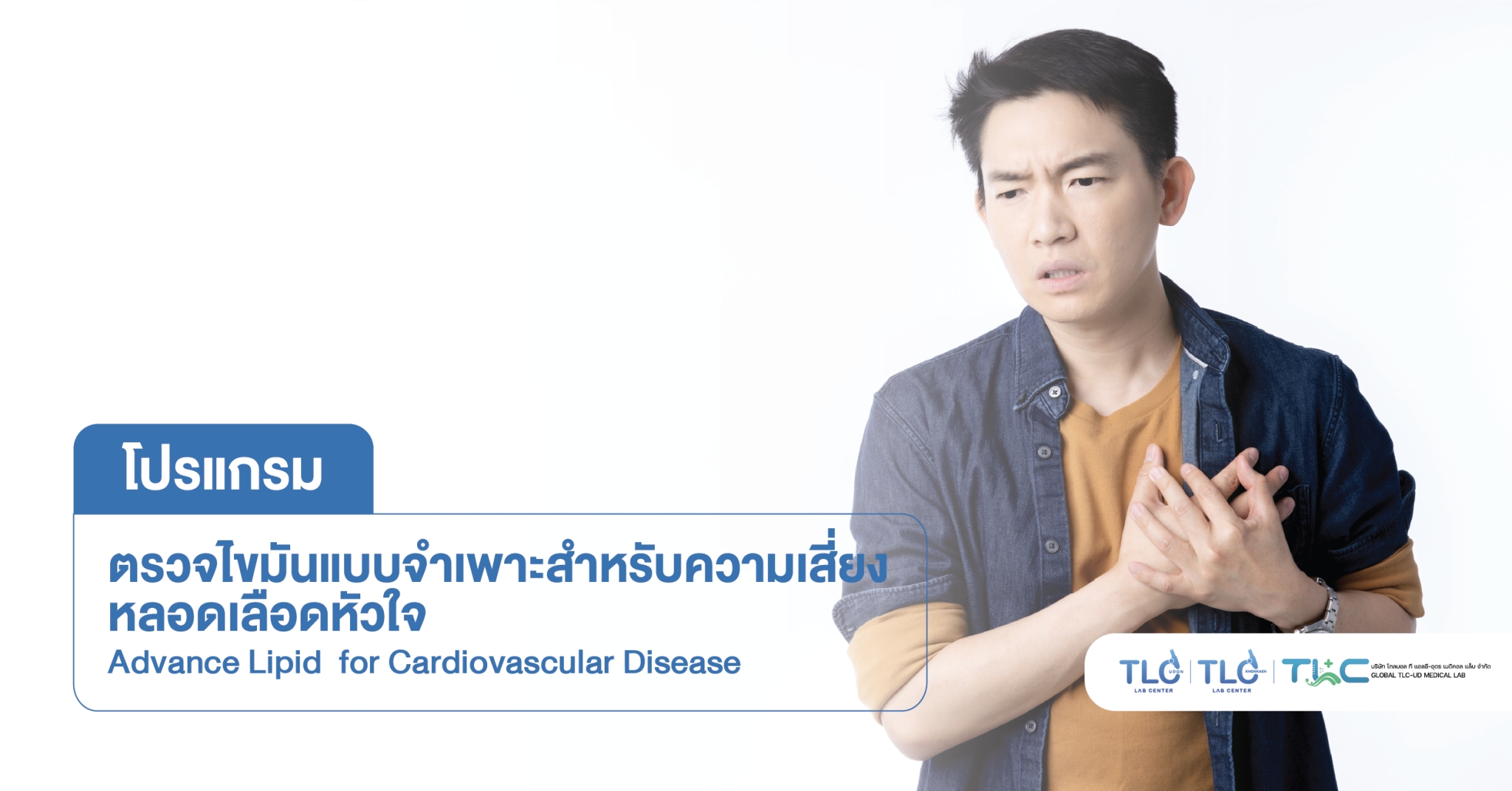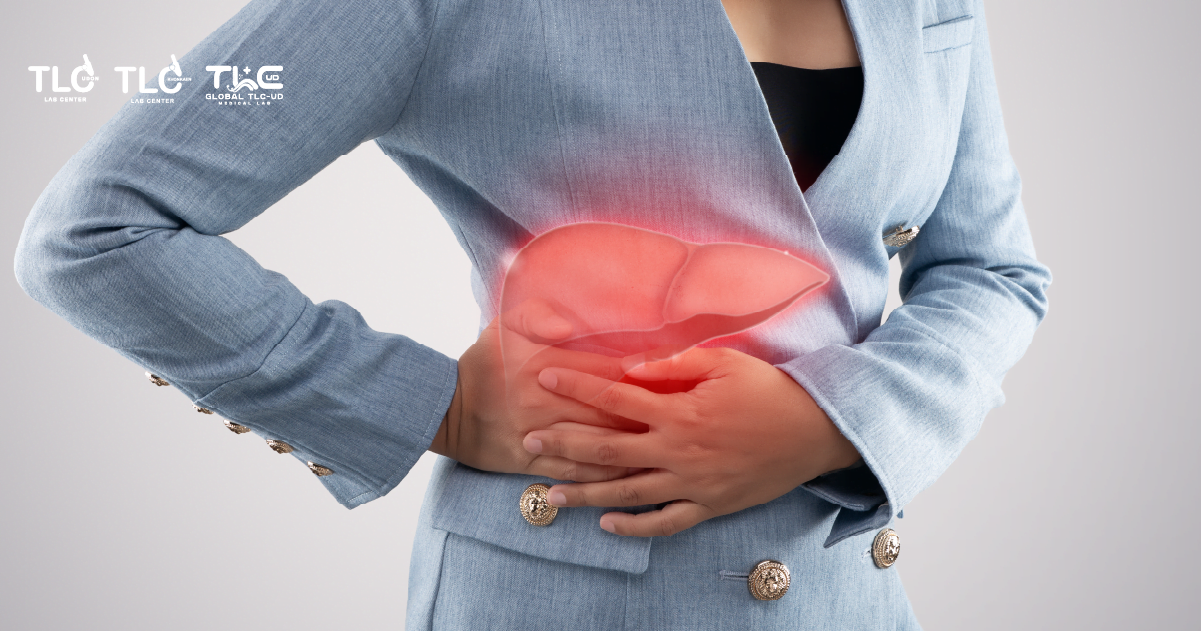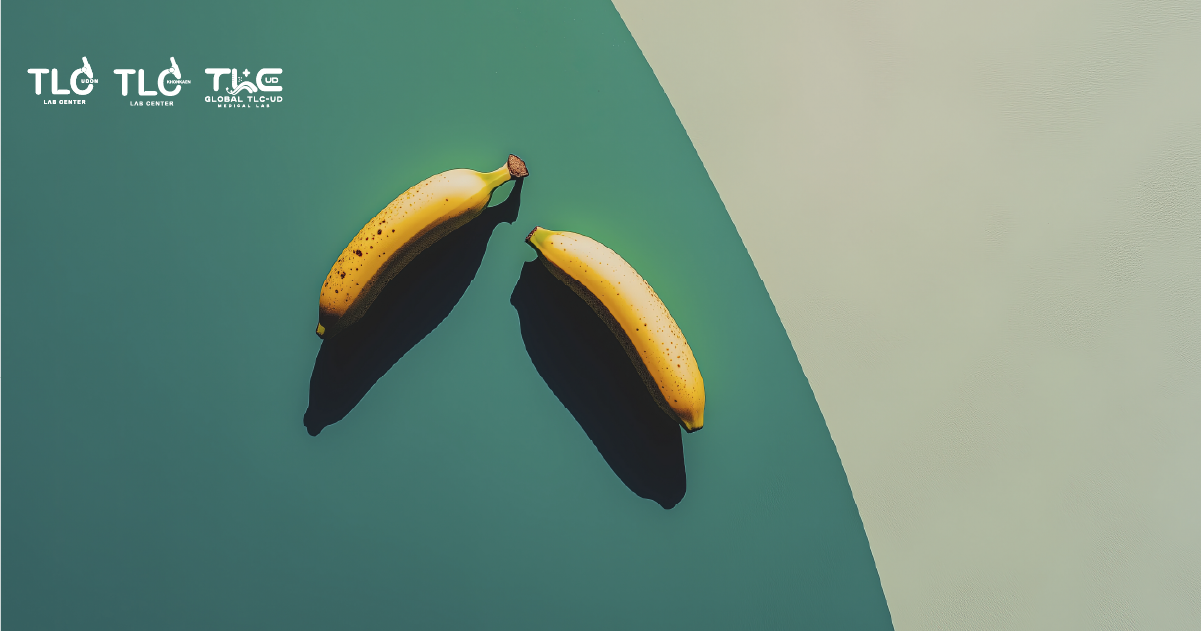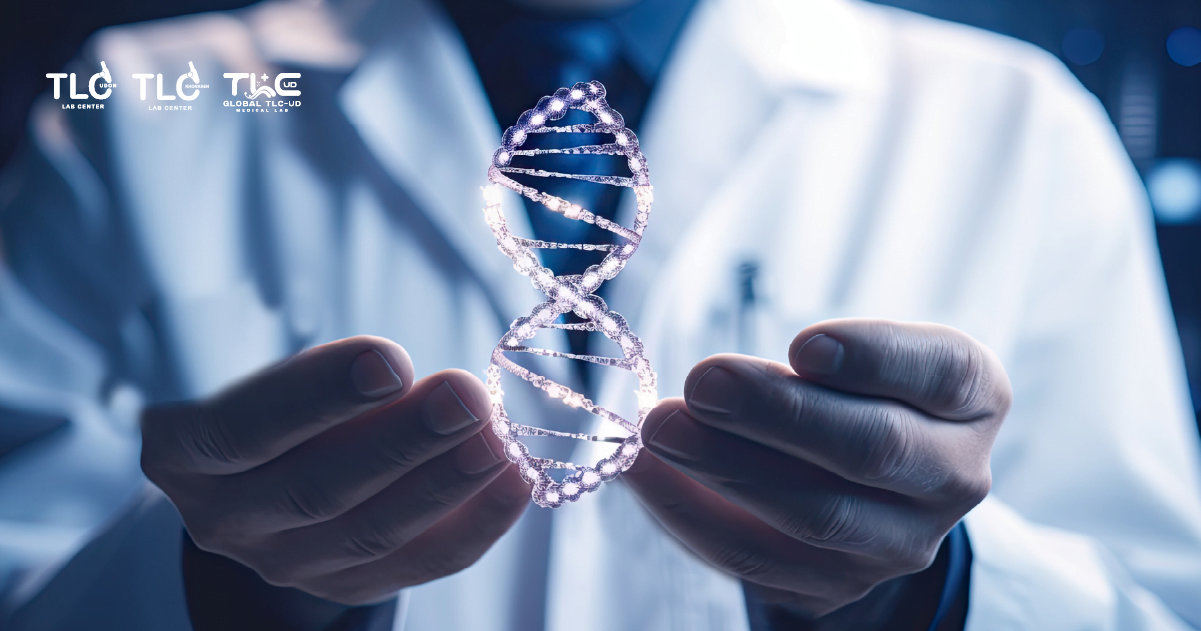Before explaining in detail what oxidized LDL is and why it is important for all of us, it’s essential to first revisit and understand the roles of LDL and HDL play in cholesterol.These two types of fat are forms of cholesterol that most people are familiar with. They are saturated fats present in our bloodstream and play important roles in the body.HDL (High-Density Lipoprotein cholesterol), commonly referred to as “good cholesterol,” and LDL (Low-Density Lipoprotein cholesterol), often called “bad cholesterol,” are crucial to understand.
Therefore, in today’s context, testing only for LDL levels isn’t really sufficient to see your risk for hardening of the arteries (atherosclerosis). LDL alone doesn’t directly cause arteries to get blocked. The real issue is when LDL gets converted into oxidized LDL (Ox-LDL) through oxidation inside your body. It usually occurs because you’ve got too many free radicals floating around the bloodstream. Once LDL gets oxidized, it becomes damaged and starts building up on the artery walls, which is way more closely linked to heart disease and stroke than just regular LDL. The test for oxidized LDL is just as simple and fast as a regular LDL blood test.
So what exactly is Oxidized LDL?
Oxidized LDL is just regular “bad” LDL cholesterol that’s been “oxidized”, basically changed by a chemical reaction in the body, often due to free radicals. Once LDL is oxidized, the body recognizes it as a foreign invader, so the immune system sends out macrophages to eat it up. Those macrophages stuffed with oxidized LDL turn into “foam cells,” which stick to your artery walls and become part of the plaque that clogs arteries. That’s what leads to narrowing and blockages, raising the risk of heart attacks and strokes.
What turns normal LDL into this “supervillain” Oxidized LDL?
Having too many free radicals, these come from things like:
- Oxidative stress from smoking
- High blood pressure
- Diabetes
- Chronic inflammation
- Eating lots of processed foods and trans fats (makes your LDL way more likely to oxidize)
- Pollution and toxic environments (such as air pollution and fine dust)
- Having a lot of small, dense LDL particles, they’re extra vulnerable to oxidation
- Not enough antioxidants in your body
Basically, free radicals (unstable molecules) oxidize LDL, especially if you’ve got more free radicals than antioxidants to balance them out.
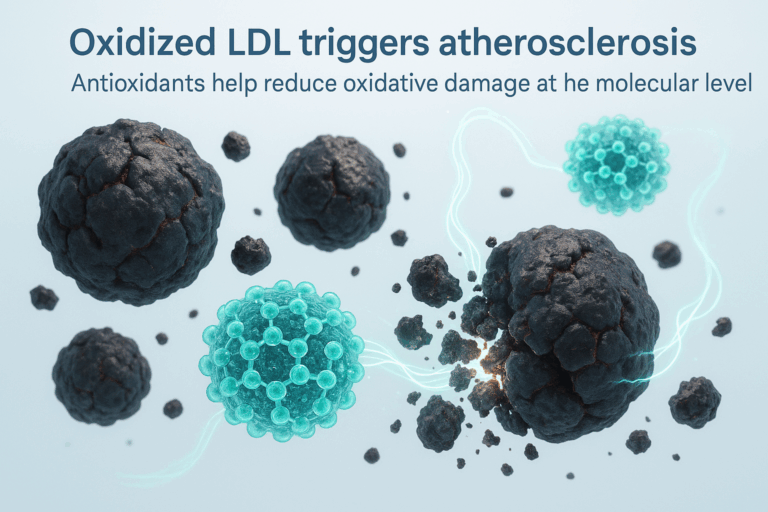
What happens to your body when LDL gets oxidized?
Oxidized LDL is one of the biggest risk factors for hardening of the arteries (atherosclerosis). That’s when your arteries get narrower because of plaque buildup on the walls. Cholesterol, fat, and other stuff in your blood all contribute to this, but oxidized LDL is a major player because it can really pile up in the inner lining of blood vessels, causing inflammation and hardening.
How can you deal with Oxidized LDL
1. Lifestyle Changes:
- Eat foods high in antioxidants (fruits, veggies, foods rich in polyphenols)
- Avoid fried foods and trans fats
- Exercise regularly
- Quit smoking, cut down on pollution exposure
- Control your blood pressure and blood sugar
- Manage stress
2. Antioxidant Supplements:
- Vitamin C and E
- Polyphenols (from veggies, fruits, olive oil, etc.)
Lab Tests:
• A comprehensive screening program to reduce the risk of coronary artery disease
To help assess the damage from free radicals and oxidative stress
• Oxidative stress test program:
[[ See details of the check-up program ]]
Author : Dr.Apakorn Poltian (Medical technologist)
References
- Itabe, H., & Obama, T. (2023). The oxidized lipoproteins in vivo: Its diversity and behavior in the human circulation. International Journal of Molecular Sciences, 24(6), 5747. [[mdpi.com]]
- Miller, E. R., Erlinger, T. P., Blumenthal, R. S., Margolis, S., & Allen, J. K. (2003).Antibodies to oxidized low-density lipoprotein in patients following coronary artery revascularization. Coronary Artery Disease, 14(2), 163–169. [[ journals.lww.com ]]

